Diwali, also known as Deepawali, or the Festival of Lights, symbolises the triumph of good over evil, light over darkness and new beginnings. It is India’s most important holiday and marks the start of the Hindu New Year.
Diwali means ‘row of lights’ in Sanskrit, the sacred language of Hinduism.
The festival takes place annually and lasts for five days. It always falls sometime between October and November, but the exact date varies each year as the Hindu calendar is based on the Moon.
To celebrate people typically decorate their homes, shops and other public places with oil lamps called diyas. These are left burning through the night to welcome the gods into the new year.
At Yashwanthrao Chavan English Medium school campus , We celebrated DIWALI activities as follows:
1. Teach the story of Rama and Sita
The story of Rama and Sita is an incredibly significant tale from the Hindu religion. It tells the story of the deities (gods) Rama and Sita who return to the city of Ayodhya after defeating the evil king Ravana. It tells us that good can overcome evil, and light can drive away the darkness.
2. Practice a Diwali dance
A Diwali dance workshop is a great way to express the story of Rama and Sita through dance and movement
3. Create a lantern
Lanterns are an important part of Hindu tradition, symbolising the light in the dark night of Kaliyuga. They are meant to protect against bad spirits and negative energies and symbolise kindness and purity.
4. Classroom display
What better way to encourage students to learn about the festival than an eye-catching classroom display? With student contributions, the whole class can learn about the important tradition.
5. Taste traditional sweet foods
Food plays a central role in the festival. On the fourth day of Diwali, which coincides with the Hindu New Year, people bring sweet foods to friends and family to signify good wishes for the coming year.
These rituals and foods may vary depending on the region – for example, you might have petha candy in Northern India or Pakistan, or deep-fried shankarpali cookies in western India.

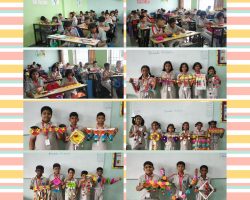
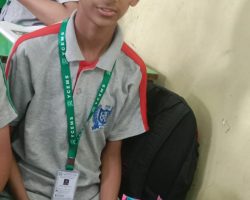
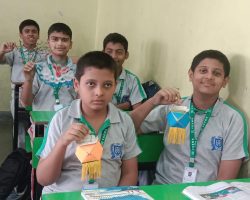
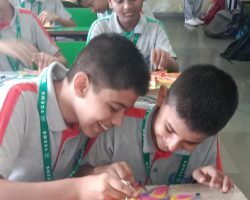
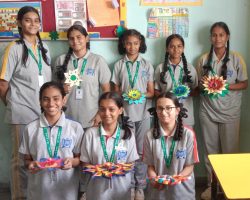
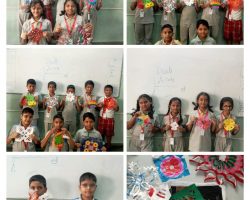
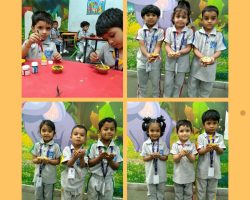
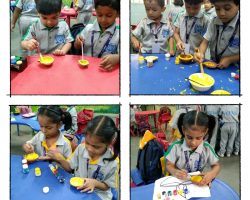
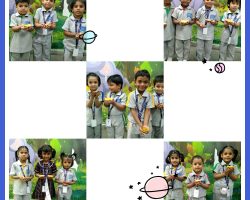
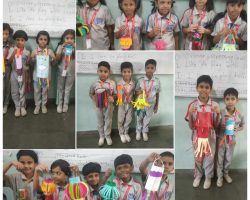
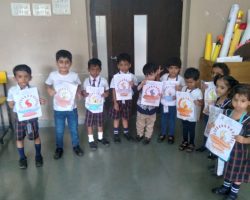
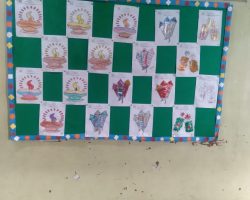
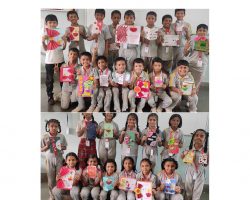
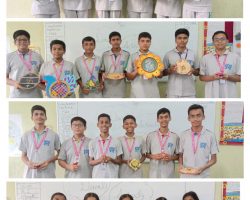
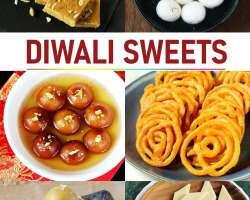

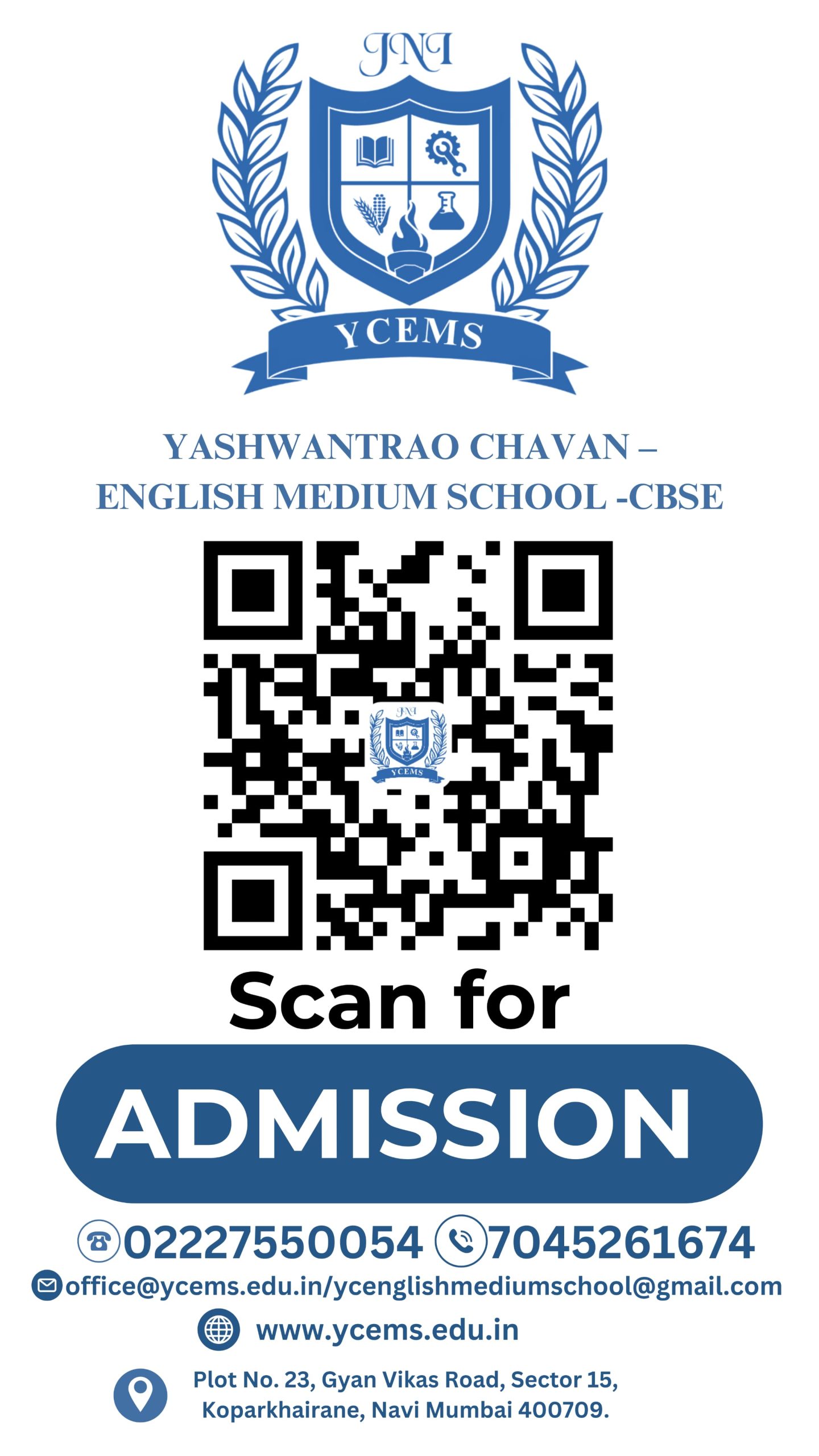

Today, Stake Casino has become a go-to platform for Indian players. To enter the official website, simply open the official entry point here — Claim exclusive daily rewards at Stake Casino India 2025 instantly
. It’s the easiest way to begin. With a massive game library, a seamless gaming experience, and local transaction options, the casino excels in the competitive iGaming market. “Spin live dealer tables and earn instant rewards now!”
In addition, Stake consistently updates features to enhance gameplay for Indian users, offering smoother navigation and better accessibility across devices.
Stake Registration for IN players | Hassle-Free Setup
Registering at Stake is very simple, allowing you to start playing within minutes. Just open the official page through the trusted entry mentioned earlier, then tap Register, complete the form, verify your account, and finally make your first deposit to start playing instantly.
“Sign up in a minute and get your free spins!”
If you prefer mobile use, Stake’s registration also works smoothly on smartphones, so you can complete the process anytime.
Stake IN Promotions | Claim Attractive Benefits
The initial promotion is among the main reasons new users choose Stake. Indian players can instantly get extra funds with offers tailored for the local audience.
• Welcome Bonus Package — Get a 100% match up to the maximum bonus limit.
• Free Spins Offers — Enjoy additional spins on featured titles.
• VIP & Loyalty Program — Collect rewards for each bet, then unlock exclusive perks.
“Double your first deposit to play more games!”
Stake also provides seasonal and festival promotions specifically for Indian users, giving extra chances to earn rewards.
In 2025, Stake Casino has become a go-to platform for Indian players. To enter the official website, simply use the trusted access page here — Experience premium VIP treatment at Stake Casino India 2025 with high-limit poker, live dealer tournaments, and exclusive crypto rewards
. It’s the safest method to begin. With a diverse selection of slots, a seamless gaming experience, and local transaction options, the casino remains a leader in the online gaming space. “Play popular slots and hit jackpots today!”
In addition, Stake consistently updates features to enhance gameplay for Indian users, offering smoother navigation and better accessibility across devices.
Stake Sign-Up for Indian users | Quick & Easy Setup
Signing up at Stake is very simple, allowing you to begin your gaming journey within minutes. Just follow the access point through the link provided above, then tap Register, enter your basic info, activate your profile, and finally add funds to start playing instantly.
“Sign up in a minute and claim your welcome offer!”
If you prefer mobile use, Stake’s registration also works smoothly on smartphones, so you can complete the process anytime.
Stake Bonuses for India | Unlock Lucrative Deals
The initial promotion is among the main reasons new users choose Stake. Indian players can instantly get extra funds with offers tailored for the local audience.
• Welcome Bonus Package — Enjoy extra funds up to ?10,000.
• Free Spins Offers — Play with extra rounds on top slots.
• VIP & Loyalty Program — Climb the VIP ladder for each bet, then redeem bonuses.
“Grab a 100% bonus to play more games!”
Stake also provides seasonal and festival promotions specifically for Indian users, giving extra chances to earn rewards.